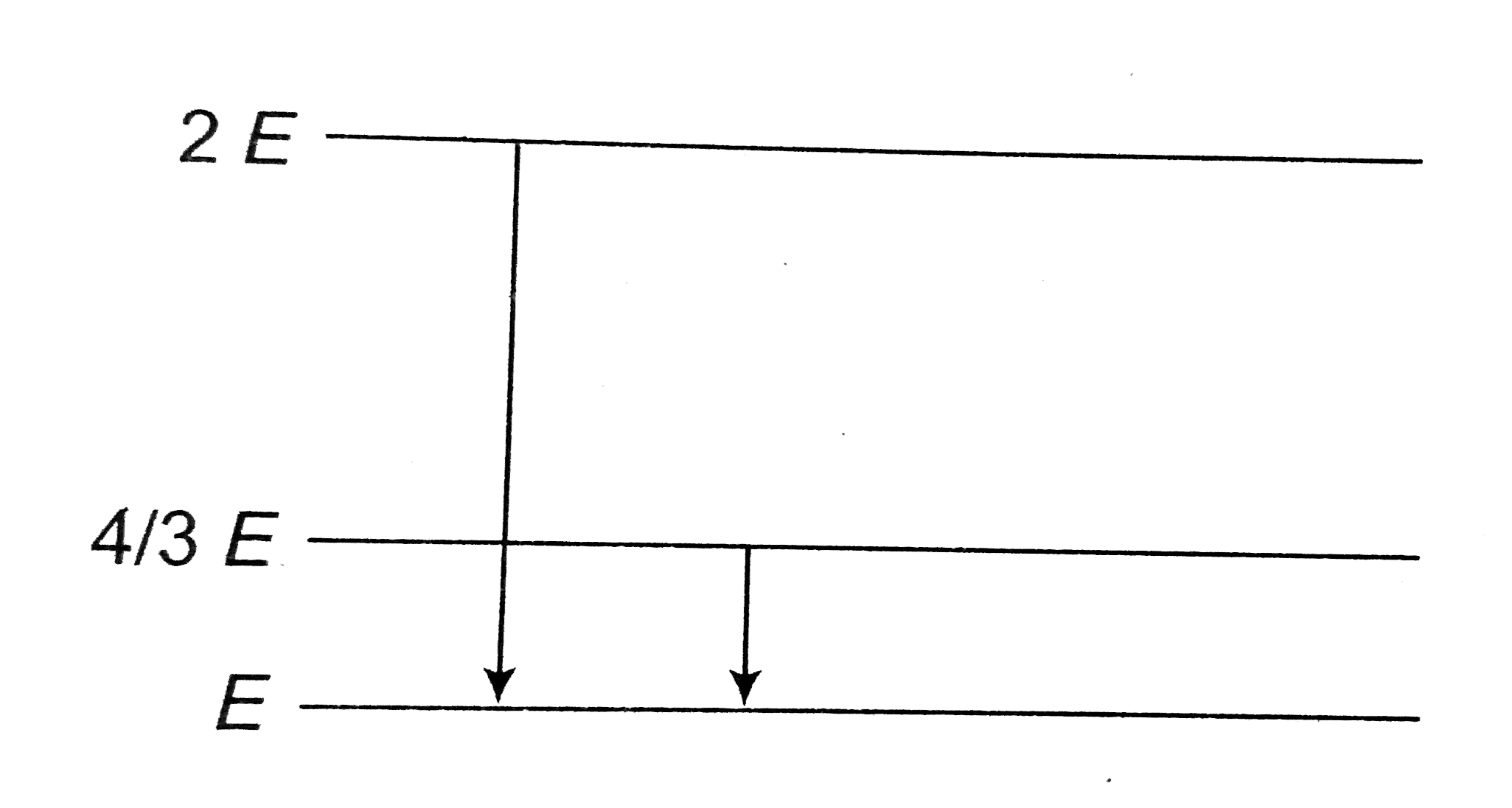Complete Solutions to dpp-4.1 of chapter ATOMIC PHYSICS of Class 12 book with complete answers and questions
| Class 12 | PHYSICS |
| Chapter | ATOMIC PHYSICS |
| CENGAGE PHYSICS DPP | dpp-4.1 |
| Number Of Questions | 15 |
| Academic Year | 2023-24 |
The figure shows a graph between `1n |(A_(n))/(A_(1))|` and `1n|n|`, where `A_(n)` is the area enclosed by the `n^(th)` orbit in a hydrogen like atom. The correct curve is
 06:22View Solution
06:22View SolutionThe force acting on the electron in a hydrogen atom depends on the principal quantum number as
01:24View SolutionIonization potential of hydrogen atom is `13.6 V`. Hydrogen atoms in the ground state are excited by monochromatic radiation of photon energy `12.1 eV`. The spectral lines emitted by hydrogen atoms according to Bohr's theory will be
02:53View SolutionThe ratio of ionization energy of Bohr's hydrogen atom and Bohr's hydrogen-like lithium atom is
01:50View SolutionWhat is the angular momentum of an electron in Bohr's hydrogen atom whose energy is `-0.544 eV`?
01:44View SolutionThe ratio between total acceleration of the electron in singly ionized helium atom and hydrogen atom (both in ground state) is
02:42View SolutionA hydrogen atom in its ground state absorbs `10.2 eV` of energy. The orbital angular momentum is increased by
02:04View SolutionThe ratio of the speed of the electrons in the ground state of hydrogen to the speed of light in vacuum is
02:22View SolutionMinimum excitation potential of Bohr's first orbit hydrogen atom is
01:51View SolutionWhich of the following statement is true regarding Bohr's model of hydrogen atom ?
(I) Orbiting speed of electrons decreases as if falls to discrete orbits away from the nuclues.
(II) Radii of allowed orbits of electrons are proportional to the principle quantum number.
(III) Frequency with which electrons orbit around the nucleus in discrete orbits is inversely proportional to the principle quantum number.
(IV) Binding froce with which the elctron is bound to the nuclues increases as it shifts to outer orbits.
Selected the correct answer using the codes given below:04:11View SolutionThe de-Broglie wavelength of an electron in the first Bohr orbit is
02:14View SolutionIn a hypotherical Bohr hydrogen, the mass of the electron is doubled. The energy `E_(0)` and the radius `r_(0)` of the first orbit will be (`a_(0)` is the Bohr radius)
02:17View SolutionWhich of the following transitions in a hydrogen atom emits photon of the highest frequency ?
02:41View SolutionThe follwing diagram indicates the energy levels of a certain atom when the system moves from `2E` level to `E`, a photon of wavelength `lambda` is emitted. The wavelength of photon produced during its transition from `(4E)/(3)` level to `E` is
 02:37View Solution
02:37View SolutionA double charged lithium atom is equivalent to hydrogen whose atomic numer is `3`. The wavelength of required radiation for emitted electron from first to third Bohr orbit in `Li^(++` will be (lonisation energy of hydrogen atom is `13.6 eV`)
03:19View Solution
dpp-4.1 questions and complete solutions for chapter ATOMIC PHYSICS of CENGAGE PHYSICS (HINGLISH) of Class 12
